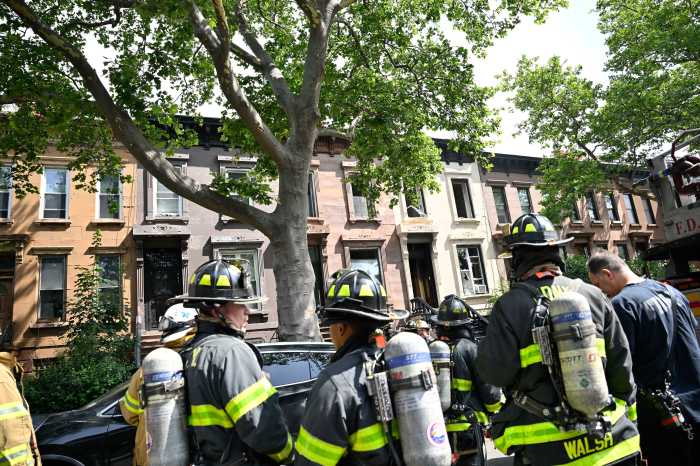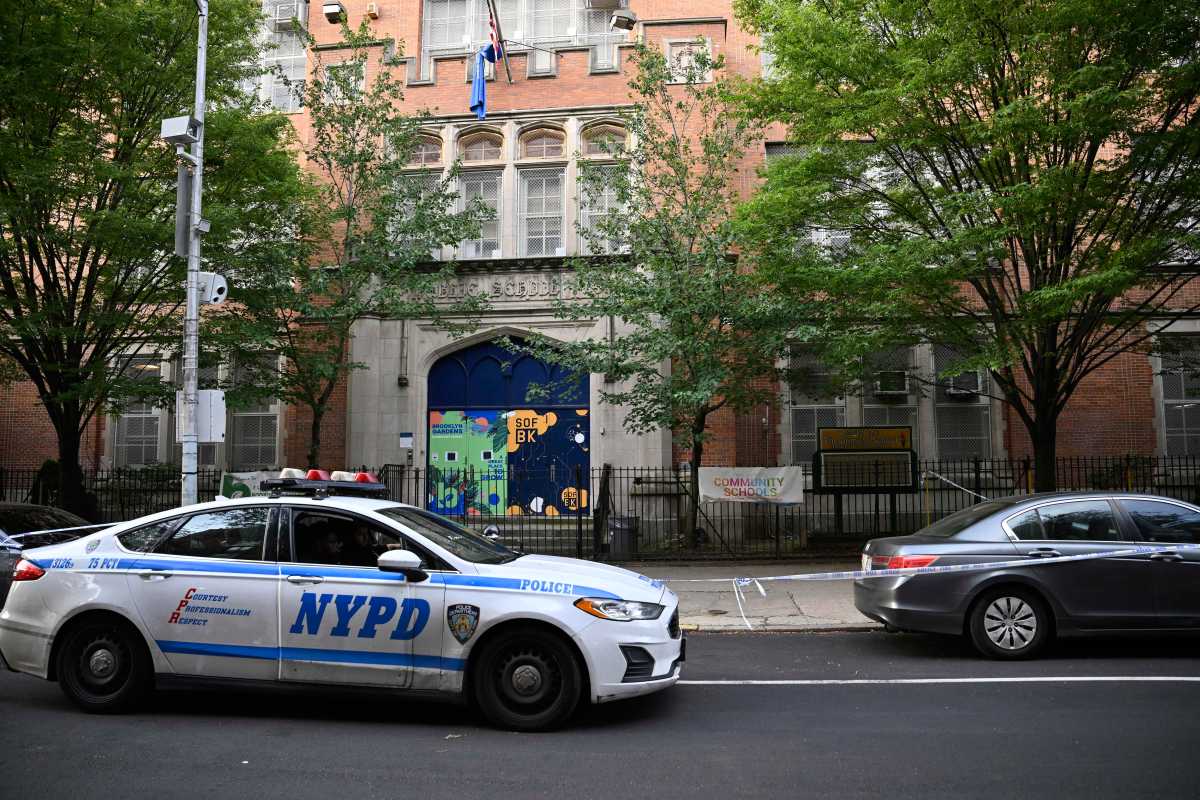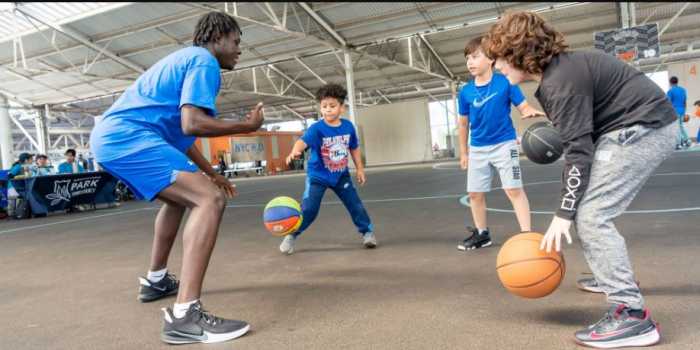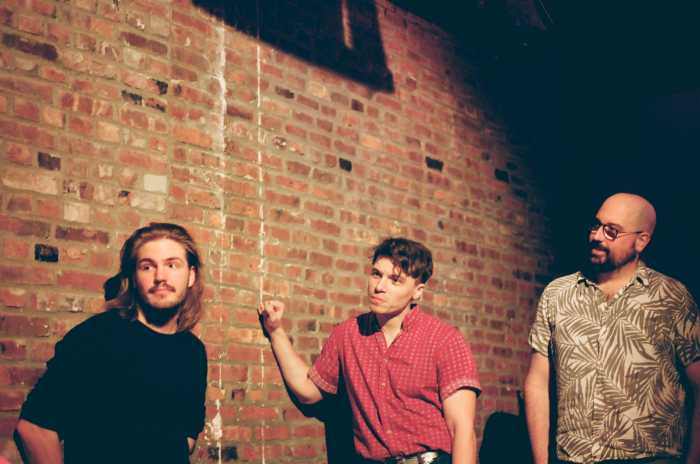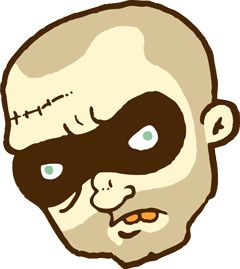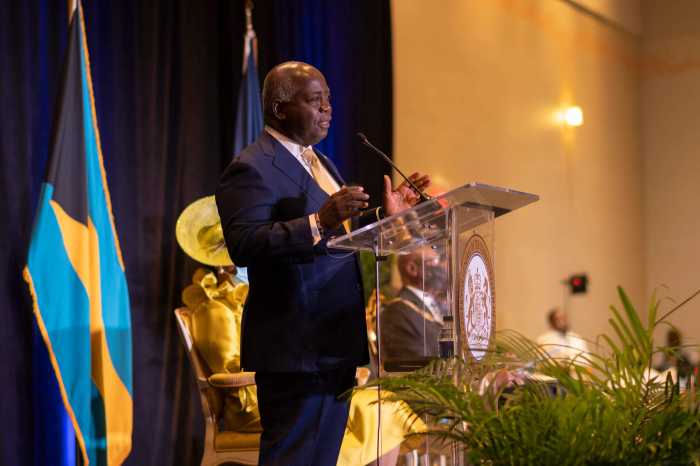Children sometimes complain about aches in their joints. These aches could result from a variety of causes. But, if a child’s joints are swollen for six weeks in a row or longer, he or she may have juvenile arthritis (JA).
Juvenile arthritis is a long−lasting (chronic) disease. It is the most common form of arthritis in children. In the United States, it affects nearly 250,000 people under the age of 16 years.
There are several types of juvenile arthritis. Nearly all of them are different from rheumatoid arthritis in adults. This is why the term “juvenile rheumatoid arthritis (JRA)” is no longer widely used.
Types of Juvenile Arthritis
There are three types of juvenile arthritis. The classification is based on symptoms, the number of joints involved, and the presence of certain antibodies in the blood. Doctors classify juvenile arthritis in order to help predict how the disease will progress.
The three types of juvenile arthritis are pauciarticular, polyarticular, and systemic.
Pauciarticular (paw−see−are−tick−you−lar): Pauciarticular means “few joints.” This means that the pauciarticular type of juvenile arthritis involves only a few joints. About half of children with juvenile arthritis have the pauciarticular type. Girls younger than 8 years of age are more likely to develop it.
For half of the children with pauciarticular juvenile arthritis, only one joint will be involved, usually a knee or ankle. This is called monoarticular juvenile arthritis. These patients usually have a very mild arthritis and the symptoms may go away or become less noticeable (remit).
For some children, this arthritis affects four or fewer larger joints. Joints affected include the knee, ankle, or wrist. Involvement of fingers or toes is unusual.
Pauciarticular juvenile arthritis may also cause eye inflammation. To prevent blindness, your child may need regular eye examinations from a doctor who specializes in eye diseases (ophthalmologist). Eye problems may continue into adulthood.
Polyarticular: In juvenile arthritis, swelling of some of the fingers and toes may be significant. About 30 percent of children with juvenile arthritis have the polyarticular type. This type of arthritis is more common in girls than in boys.
Polyarticular juvenile arthritis affects five or more smaller joints (such as the hands and feet). Usually, the joints are all on the same side of the body. This type of juvenile arthritis can also affect large joints.
Children with a certain antibody in their blood, called IgM rheumatoid factor (RF), often have a more−severe form of the disease. Antibodies are proteins in the blood usually used by the body to fight off infection through an immune response. Doctors believe that this is the same type as adult rheumatoid arthritis.
Systemic: About 20 percent of children with juvenile arthritis have the systemic type.
This type of juvenile arthritis causes swelling, pain, and limited motion in at least one joint, rash, and inflammation of internal organs such as the heart, liver, spleen, and lymph nodes. A fever of at least 102 degrees each day for a minimum of two weeks suggests this diagnosis.
A small percentage of children with systemic juvenile arthritis develop arthritis in many joints and have severe arthritis that continues into adulthood.
Cause
Juvenile arthritis is an autoimmune disease. This means that the body attacks its own healthy cells and tissues. Arthritis results from ongoing joint inflammation in four steps:
• The joint becomes inflamed
• The joint stiffens (contracture)
• The joint suffers damage
• The joint’s growth is changed
No one knows exactly what causes juvenile arthritis. Researchers believe some children have genes that make them more likely to get the disease. Exposure to something in the environment (for example, a virus) triggers juvenile arthritis in these children. Juvenile arthritis is not hereditary, so it is very rare for more than one child in a family to get it.
Symptoms
In some cases, symptoms of juvenile arthritis are mild and do not progress to more severe joint disease and deformities. For many years it was believed that most children eventually outgrow juvenile arthritis. Now, it is known that half of the children diagnosed with juvenile arthritis will continue to have active arthritis 10 years after diagnosis unless they receive aggressive treatment.
In severe cases, JA can produce serious joint and tissue damage. It can also cause problems with bone development and growth.
Juvenile arthritis affects each child differently and can last for indefinite periods of time. There may be times when symptoms improve or disappear (remissions). There are other times when symptoms worsen (flare−ups). Sometimes, a child may have one or two flare−ups and never have symptoms again. Other children may have frequent flare−ups and symptoms that never go away.
One sign of juvenile arthritis is the presence of painful joints in the morning that improve by afternoon. Sometimes, the first sign of the disease is a morning limp, caused by an affected knee. Hands and feet may also be affected.
Swelling and pain may also be noted. Although young children may not complain of pain, a child may feel irritable or tired and not want to play. Sometimes juvenile arthritis may cause lymph node swelling in the neck and other parts of the body.
Joints may become inflamed and warm to the touch. In fewer than half of cases of juvenile arthritis, internal organs may become inflamed.
Muscles and other soft tissues around the joint may weaken.
In certain cases, children with juvenile arthritis show signs of a high fever and light pink rash, which may disappear very quickly .
Some children develop growth problems caused by juvenile arthritis. Joints may grow too fast or too slow, unevenly, or to one side. This can make one leg or arm longer than the other. Overall growth also may slow.
Some children with juvenile arthritis have eye involvement, called iridocyclitis. This is treatable by an ophthalmologist (eye doctor). The presence of eye problems helps to confirm the diagnosis. Without treatment, iridocyclitis can result in eye damage that cannot be cured. The only symptom of iridocyclitis is pain during exposure to bright light. The absence of this symptom, however, does not guarantee that eye problems are not present.
Diagnosis
Early diagnosis and treatment can control inflammation, relieve pain, prevent joint damage, and maintain a child’s ability to function.
The doctor will review the child’s complete medical history. A physical examination, laboratory tests, and imaging studies will also be done. A wide range of tests is needed because juvenile arthritis is diagnosed based as much on what is present as what is not present. A complete medical history and physical examination, blood tests, and X−rays will help to exclude other conditions that cause arthritis.
The doctor will want to learn the child’s medical history. He or she will want to know how long the child has had problems with joint pain and swelling and whether the symptoms have gotten better or worse. The doctor will want to know whether the child feels stiff when getting up after rest and whether the joints are swollen. He or she will look for other causes of the symptoms, such as whether there was any injury, another illness, such as Lyme disease, or a family history of autoimmune diseases.
The physical examination will examine the child’s joints for signs of swelling and warmth. The joints will be checked for signs of decreased range of motion. Muscles near the affected joints will be checked for signs of shrinkage (atrophy).
Tests on blood, joints, and tissue fluids can help to rule out other conditions that might cause similar symptoms. These tests may also be used to classify the type of juvenile arthritis.
X−rays would are used to look for injuries to bone or for any unusual development of bone.
Treatment Options
A child with juvenile arthritis may need treatment from pediatric rheumatologist. This doctor specializes in helping children with arthritis and related conditions.
Treatment of juvenile arthritis is designed to reduce swelling, maintain full movement of affected joints, and relieve pain. Because juvenile arthritis may have complications, any treatment program will also identify, treat, and prevent complications.
The focus of treatment is to preserve a good quality of life for the child through high levels of physical activity and social functioning. Most children with juvenile arthritis will need medication and physical therapy to reach these goals. Surgical treatment may be performed in some cases to treat the complications of juvenile arthritis, such as joint contracture, soft-tissue damage (such as tendons), or joint problems.
Medications
Nonsteroidal anti-inflammatory drugs (NSAIDs) are often the first type of medication used. These are usually ibuprofen or naproxen. They are used primarily to lessen the inflammation and relieve pain. This will help calm down the disease.
Disease-modifying anti-rheumatic drugs are the next step if nonsteroidal anti-inflammatory drugs do not relieve symptoms. Disease-modifying anti-rheumatic drugs slow or stop progression of juvenile arthritis, but may take weeks or months to relieve symptoms. The most commonly used drug is Methotrexate. Azulfidine and plaquenil are occasionally prescribed. The doctor may want your child to take disease-modifying anti-rheumatic drugs along with nonsteroidal anti-inflammatory drugs.
Biologic agents are a new class of drugs that also slow or stop the progression of the disease. These are usually only used if the disease-modifying anti-rheumatic drugs do not seem to work or if the patient has arthritis of the sacroiliac joint.
Corticosteroids are stronger medications that may be used in treating severe juvenile arthritis. Given by mouth (orally) or injected into a vein (intravenously), corticosteroids can reduce serious symptoms, such as inflammation of the sac around the heart. Corticosteroids, however, can cause unwanted side effects, such as interfering with a child’s growth, weight gain, weakened bones, and increased susceptibility to infections. It is important to follow the doctor’s instructions exactly when taking corticosteroids.
Medications may be needed for several years until juvenile arthritis is no longer active. A doctor will determine when it is time to discontinue the medications after joint pain, swelling, and warmth disappear.
Therapy
Exercise helps maintain muscle tone. It also helps preserve and recover joint range of motion and function. The doctor may recommend a physical therapist to design an appropriate exercise program. It is important to balance activity with rest.
Although pain sometimes limits sports and physical activity, children with juvenile arthritis can often fully participate when symptoms are under control. Swimming is a particularly good exercise, because it uses many joints and muscles, without putting weight on the joints. In some cases, splints and other devices can help maintain joint alignment.
Splinting is useful in children with juvenile arthritis, either at night or during the day, to decrease inflammation and to prevent contractures. Splints (braces made of plastic or other materials) are often used in the upper extremities to prevent contractures of the fingers and wrists.
A child’s school and teachers can be an important resource. They may be able to develop suitable lesson plans that teach classmates about juvenile arthritis. With proper attention, most children with juvenile arthritis should progress normally through school.
In addition to medications, warm baths or an electric blanket may help soothe sore joints.
Surgical Treatment
The most important treatment is medical (with medications). Surgery is not often needed in treating juvenile arthritis. In very severe forms of juvenile arthritis or with very severe complications it may be necessary to do surgery to improve the position of the joint. An example of this might be when a joint has become deformed. Joint replacement, frequently used to treat adults with arthritis, has almost no place in treating children.
For more information about Juvenile Arthritis, contact the American Academy of Orthopaedic Surgeons at 847-823-7186 or www.aaos.org or The Pediatric Orthopaedic Society of North America at 847-698-1692 or visit www.posna.org.


